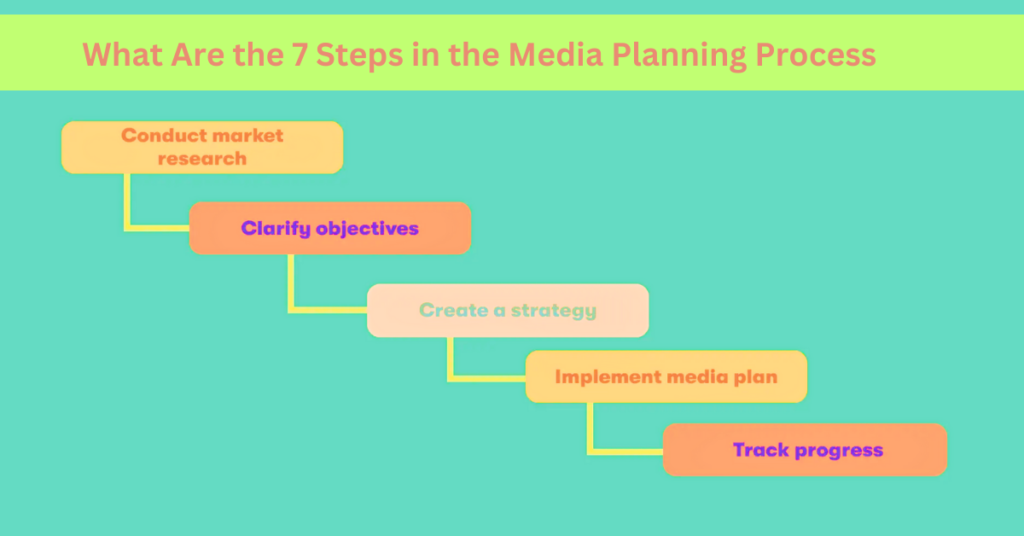In the world of business, a brand’s reputation is its most valuable asset. However, unforeseen crises can strike at any time, threatening to tarnish that reputation and disrupt business operations. Whether it’s a public relations nightmare, a product recall, or a legal issue, how a company responds to a crisis can make or break its brand. Effective crisis management is essential in protecting your brand from long-lasting damage. In this comprehensive guide, we will explore the strategies and tactics you need to employ to safeguard your brand during a crisis.
Understanding the Nature of a Crisis
A crisis can take many forms, from a social media scandal to a natural disaster that disrupts your supply chain. The first step in crisis management is recognizing the different types of crises that can impact your brand:
1. Operational Crises
These occur when there is a disruption in the day-to-day operations of your business. This could be due to a manufacturing error, supply chain disruption, or even an IT failure. Operational crises can lead to delays, increased costs, and customer dissatisfaction.
2. Reputational Crises
Reputational crises are arguably the most damaging, as they directly affect how the public perceives your brand. Negative media coverage, social media backlash, or poor customer service can all lead to a reputational crisis.
3. Financial Crises
Financial crises can occur when a company faces sudden financial instability. This could be due to a drop in stock prices, poor financial management, or external economic factors. Financial crises often result in loss of investor confidence and can severely damage a brand’s reputation.
4. Legal Crises
Legal crises arise when a company is involved in lawsuits or regulatory issues. These can be particularly damaging if the public perceives the company as being unethical or illegal in its practices.
Developing a Crisis Management Plan
The key to protecting your brand during a crisis is preparation. A well-developed crisis management plan is your first line of defense. Here’s how to create one:
1. Identify Potential Risks
Begin by identifying the potential risks that your business could face. Conduct a risk assessment to determine the likelihood of different types of crises and their potential impact on your brand.
2. Create a Crisis Management Team
Your crisis management team should include key members from various departments, such as public relations, legal, operations, and human resources. This team will be responsible for implementing your crisis management plan and making critical decisions during a crisis.
3. Develop Communication Protocols
Clear and effective communication is crucial during a crisis. Develop protocols for internal and external communication, including how information will be shared with employees, customers, and the media.
4. Establish a Chain of Command
In the midst of a crisis, it’s important to have a clear chain of command. This ensures that decisions are made quickly and efficiently, and that everyone knows their role in the crisis management process.
5. Prepare Response Scenarios
Create detailed response scenarios for the different types of crises identified in your risk assessment. These scenarios should outline the steps your crisis management team will take to mitigate the impact of the crisis and protect your brand.
The Importance of Communication During a Crisis
Effective communication is the cornerstone of crisis management. How you communicate with your stakeholders during a crisis can determine whether you emerge from the situation with your brand intact or severely damaged.
1. Be Transparent
Transparency is key to maintaining trust with your stakeholders. Be honest about the situation and provide regular updates on how the crisis is being handled. Avoid the temptation to downplay the severity of the crisis, as this can backfire and lead to a loss of credibility.
2. Use Multiple Channels
In today’s digital age, communication is not limited to press releases and official statements. Use multiple channels, such as social media, email, and your website, to reach your audience. This ensures that your message is consistent and reaches as many people as possible.
3. Address Concerns Promptly
During a crisis, stakeholders will have concerns and questions. It’s important to address these promptly and accurately. This not only helps to alleviate fears but also demonstrates that your company is taking the situation seriously.
4. Monitor Public Sentiment
Social media and online forums are often where public sentiment is most visible during a crisis. Monitor these platforms closely to gauge how your brand is being perceived and to identify any emerging issues that need to be addressed.
Responding to a Crisis: Best Practices
When a crisis strikes, your response can make all the difference in how your brand is perceived. Here are some best practices to follow:
1. Act Quickly
Time is of the essence in a crisis. The longer you wait to respond, the more damage can be done to your brand. Act quickly to contain the situation and prevent it from escalating.
2. Take Responsibility
If your company is at fault, take responsibility for the situation. Apologize sincerely and outline the steps you are taking to rectify the issue. Taking responsibility can help to rebuild trust and credibility with your stakeholders.
3. Implement Corrective Actions
After acknowledging the crisis, implement corrective actions to resolve the issue. This could involve recalling a defective product, issuing refunds, or making changes to your business operations. The key is to show that you are taking concrete steps to prevent a similar crisis from occurring in the future.
4. Keep Employees Informed
Your employees are your brand ambassadors, and how they perceive the crisis can influence how the public perceives it. Keep your employees informed about the situation and provide them with the tools they need to communicate effectively with customers.
Post-Crisis Recovery: Rebuilding Your Brand
Once the crisis has been resolved, the work of crisis management is not over. The post-crisis phase is critical for rebuilding your brand and restoring trust with your stakeholders.
1. Conduct a Post-Mortem Analysis
After the crisis has passed, conduct a post-mortem analysis to identify what went wrong and what could have been done better. This analysis should involve all members of your crisis management team and should result in actionable insights for improving your crisis management plan.
2. Communicate Your Recovery Efforts
Let your stakeholders know what steps you are taking to recover from the crisis. This could involve issuing a press release, posting updates on your website, or holding a press conference. The goal is to demonstrate that your company is committed to making things right.
3. Rebuild Trust
Rebuilding trust takes time, but it is essential for restoring your brand’s reputation. Focus on delivering exceptional customer service, being transparent in your business operations, and maintaining open lines of communication with your stakeholders.
4. Strengthen Your Crisis Management Plan
Use the insights gained from the post-mortem analysis to strengthen your crisis management plan. Update your risk assessment, revise your response scenarios, and ensure that your crisis management team is trained and prepared for future crises.
Conclusion
In today’s fast-paced and interconnected world, no brand is immune to crises. However, with a well-prepared crisis management plan, effective communication, and a commitment to transparency and accountability, your brand can weather the storm and emerge stronger than ever.













